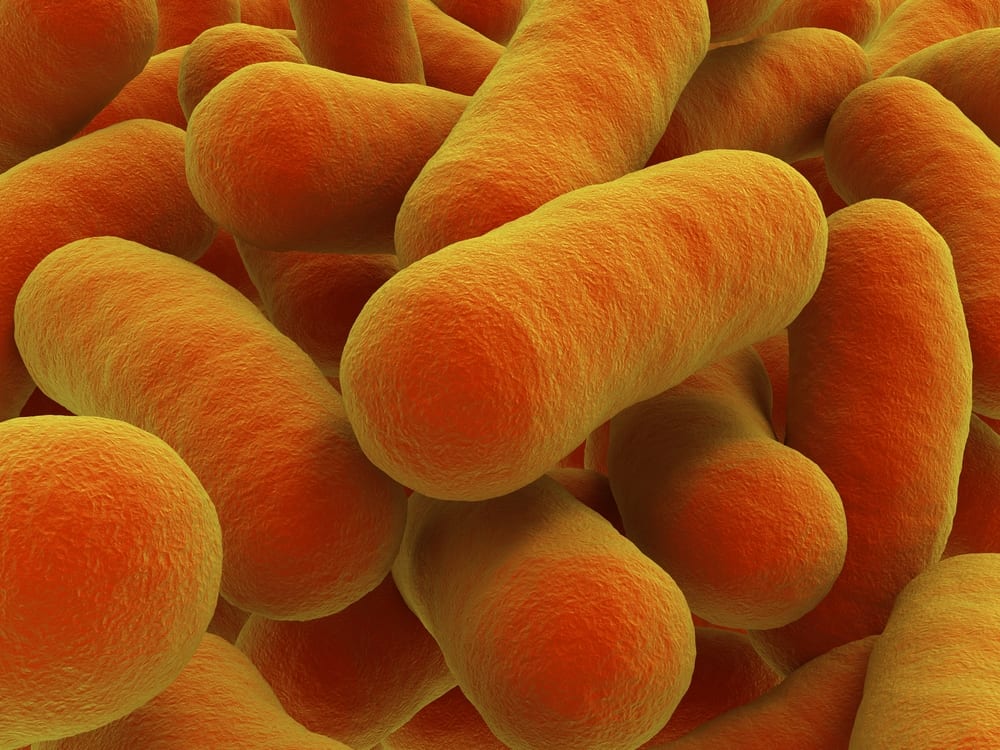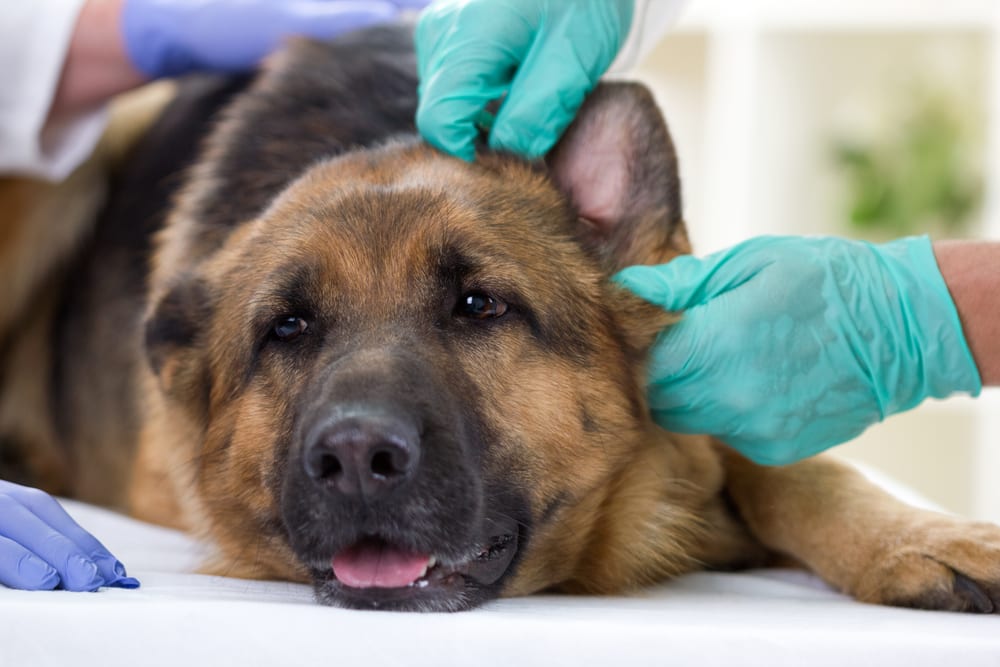Is your dog acting differently? Do they have red eyes? Do they shake their head for no apparent reason, scratch their ears vigorously, or have a strange odor? It’s possible your dog may have a canine ear infection.
What to Look for
Examine your dog. A normal ear is light pink, not tender and easy to examine. When a canine ear infection is present, often there is foul-smelling, dark yellow or brown fluid discharge. Yeast ear infections usually have a black discharge and are caused by the bacteria Staph and Pseudomonas. Ears can also be noticeably thickened due to swelling caused by the infection.
Yeast ear infections usually have a black discharge and are caused by the bacteria Staph and Pseudomonas. Ears can also be noticeably thickened due to swelling caused by the infection.
How Do Dogs Get Ear Infections?
Most ear infections are caused by an underlying allergy or condition. Dogs with large floppy ears can be more susceptible to ear infection due to poor air circulation, trapped dirt, and moisture which bacteria and yeast thrive on. Dog ear infections can cause a lot of grief for your pal, but luckily they can be treated.
Cleaning the Ear
To clean your dog’s ears you’ll need to grab some medical gauze and prepare a 50/50 solution of water and vinegar  in a small squeeze bottle.
in a small squeeze bottle.
Lay your dog comfortably on a table and fold their ear back until you can see into the ear canal.
Begin slowly squirting the 50/50 solution into your dog’s ear. After a few squeezes, put the bottle down and grab the base of your dog’s ear where it meets their head with your thumb and forefinger.
Begin lightly massaging/squeezing the base of the ear; it’s possible you’ll see, hear, or feel the fluid working its way into the ear canal. Do this for 15-20 seconds.
Now, grab a ball of gauze and begin gently cleaning the fluid inside the ear canal. It is possible that some fluid may come out later on. Don’t worry. This is completely normal.
IMPORTANT: If your dog has red or open wounds, DO NOT use vinegar, as it will cause them extreme pain.
Treating the Infection
If your dog has an infection, their ear will be quite sensitive and tender. After you clean you need to apply a soothing topical agent or cream to the afflicted area like olive oil, vitamin E, or aloe-based products for canines.
While you can apply your topical cream by hand, it’s best to apply it in the same way you cleaned your dog’s ear – with a small squeeze bottle. A teaspoon should be enough for use, but always read and follow product instructions.
After application, begin massaging your dog’s ear at the base again with you thumb and forefinger.
How to Prevent the Infection from coming back
Diet can have a lot to do with your dog’s ability to be resistant to and fight off infection. Typically a hypoallergenic diet will be recommended for up to 12 weeks to determine if your pet’s condition is food allergy related.
In dogs the most common allergens are beef, chicken, eggs, cow milk, spy, fish, rice, potatoes and corn. As always, we recommend you have your dog examined by a veterinarian for an accurate diagnosis and treatment.
Remember, November is Canine health awareness month!
For many of us, dogs aren’t just pets…they’re people! At Pawderosa we want each of our canine campers to be healthy and living life to the fullest. Help us spread the message of the importance of canine health – not just for happy pets, but for happy people! To learn more about canine health and our Mustache-a-Dog campaign, check out our Facebook Page.



